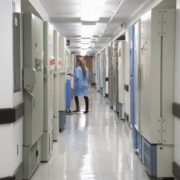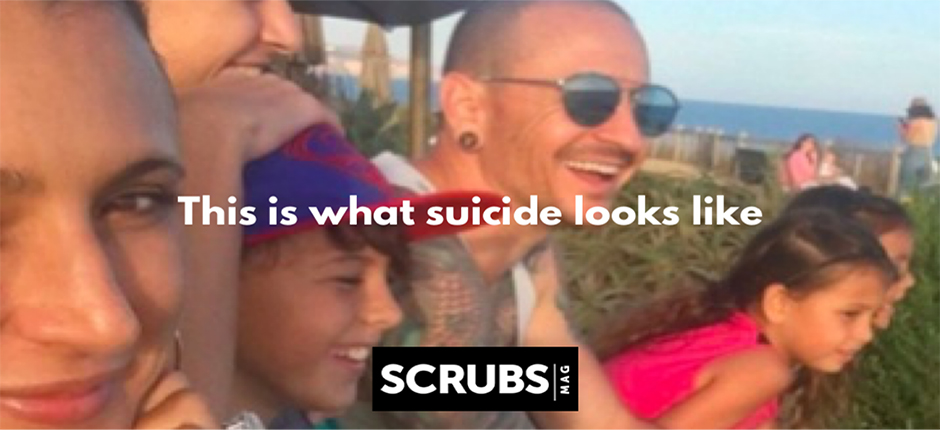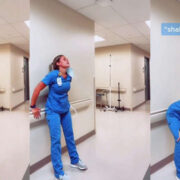Around one million people are living with Parkinson’s disease in the United States. Many suffer from tremors, muscle stiffness, and balance issues that limit their independence. But a new treatment known as deep brain stimulation (DBS) surgery has shown to reduce the symptoms associated with PD, which is giving patients hope for the future.
DBS surgery has been popping up in a series of viral before-and-after TikTok videos. The clips show PD patients regaining control of their muscles and motor functions.
What is DBS Surgery?
The number of people living with PD in the U.S. is expected to grow to 1.2 million by 2030. Approximately 60,000 Americans are diagnosed with PD each year; and men are 1.5x more likely to have Parkinson’s disease than women.
DBS was first approved to treat tremors associated with Parkinson’s disease back in 1997. It was later approved to treat PD symptoms in 2002, but the treatment didn’t become widely available to patients until recently.
In 2016, DBS surgery was approved for patients in the earlier stages of PD, including anyone with PD who’s had symptoms for more than four years as well as symptoms not adequately controlled with medication.
During DBS, electrodes are inserted into targeted areas of the brain using MRI scans of brain cell activity. A second procedure is then performed, during which an IPG, impulse generator battery, similar to a pacemaker, is implanted in the patient’s collarbone or abdomen. The IPG sends an electrical pulse to the electrodes in the brain that are involved with motor function using an extension wire, which passes under the skin of the head, neck, and shoulder. After the procedure, the patient receives a remote control that can turn the device on or off.
According to the Parkinson’s Foundation, DBS is most effective for people who experience disabling tremors, wearing-off spells, and medication-induced dyskinesias, with studies showing benefits lasting at least five years. However, it is not a cure for PD and doesn’t slow the progression of the disease.
It also can’t treat some symptoms associated with the disease, including speech and swallowing issues, memory problems and gait freezing.
Like all brain surgeries, DBS carries a small risk of infection, stroke, bleeding, or seizures. It has also been associated with reduced clarity of speech. A small number of people with PD have experienced cognitive decline after DBS surgery, but these complications remain rare.
Going Viral
DBS is proving effective in patients with PD.
Jason Tracy recently shared his experience with DBS on TikTok. The before-and-after video shows him struggling to walk to the door in the doctor’s office. The next clip shows him walking with no trouble whatsoever.
@jtracy868 I had deep brain stimulation surgery on 1/4/22 and this shows before and after the Deep brain stimulation was turned on #parkinsonsdisease
He’s not alone.
Justin Fields, of Knoxville, TN, shared a similar video on TikTok back in 2020. He had been struggling with PD for seven years when he finally found relief with DBS. The video was recorded by his fiancée Emily Norris. It first shows him struggling to feed himself using a spoon. But there is a noticeable improvement once he turns on the DBS device. The next clip shows him successfully eating a bowl of cereal using the neurotransmitters.
@etsuvol
Both men’s accounts started filling up with heartwarming comments from members of the PD community.
“In tears,” one user wrote. “Something most of us take for granted every day.”
“I love seeing this tech in action. It’s amazing!” said another. “I’m so glad to see what can be done to assist people through technology!”
“That’s amazing!” commented a third. “My dad has Parkinson’s. This gives me so much hope!”
















